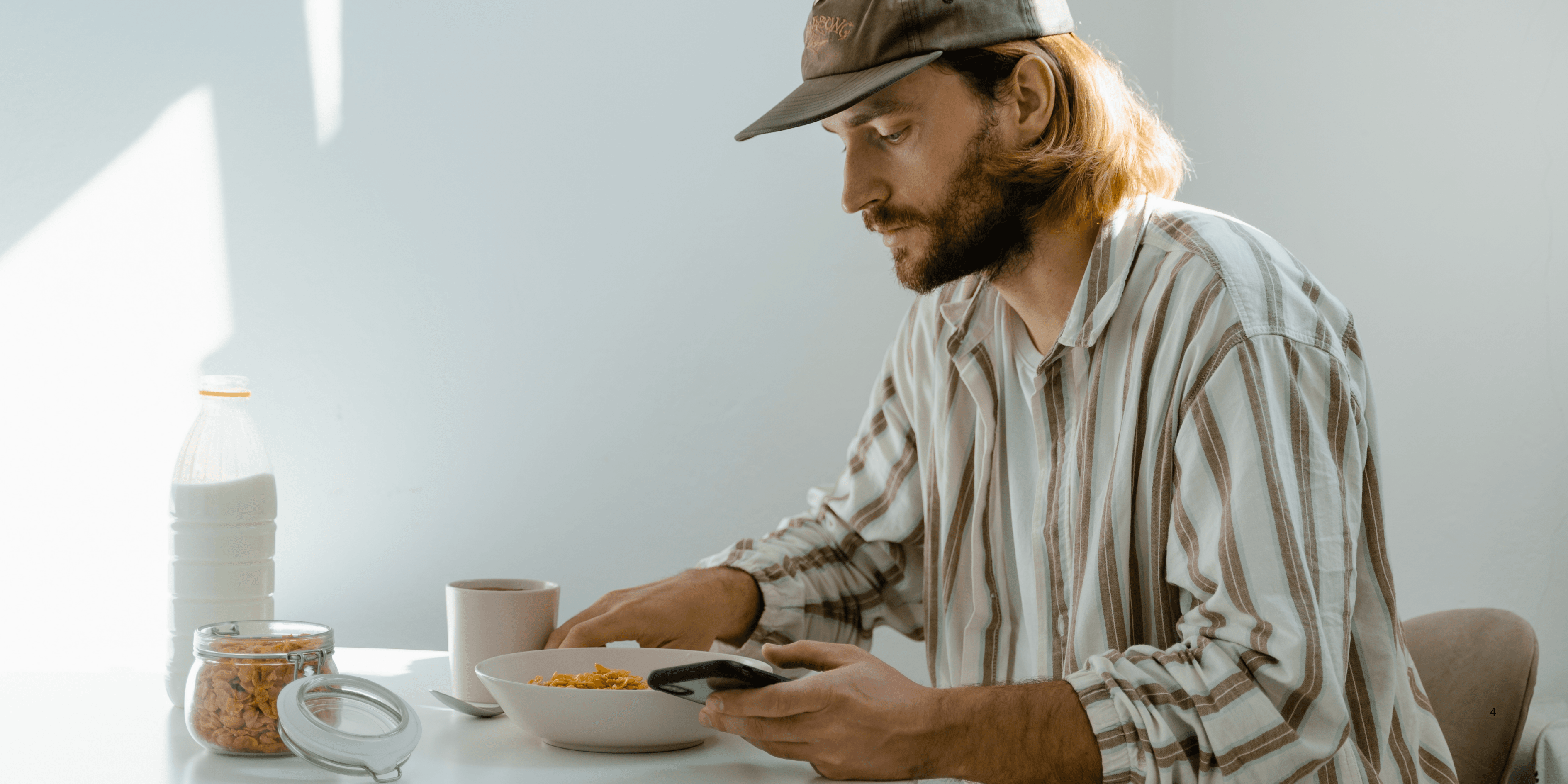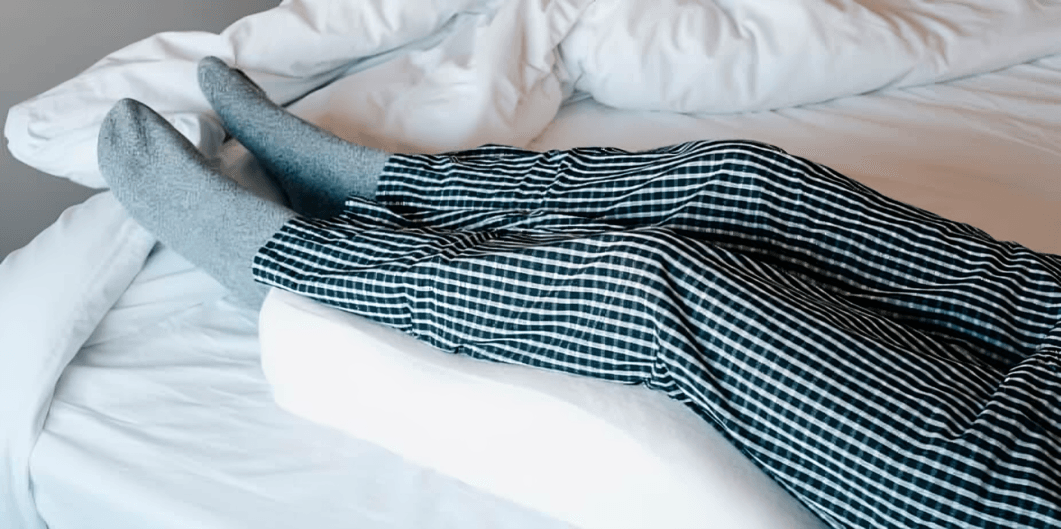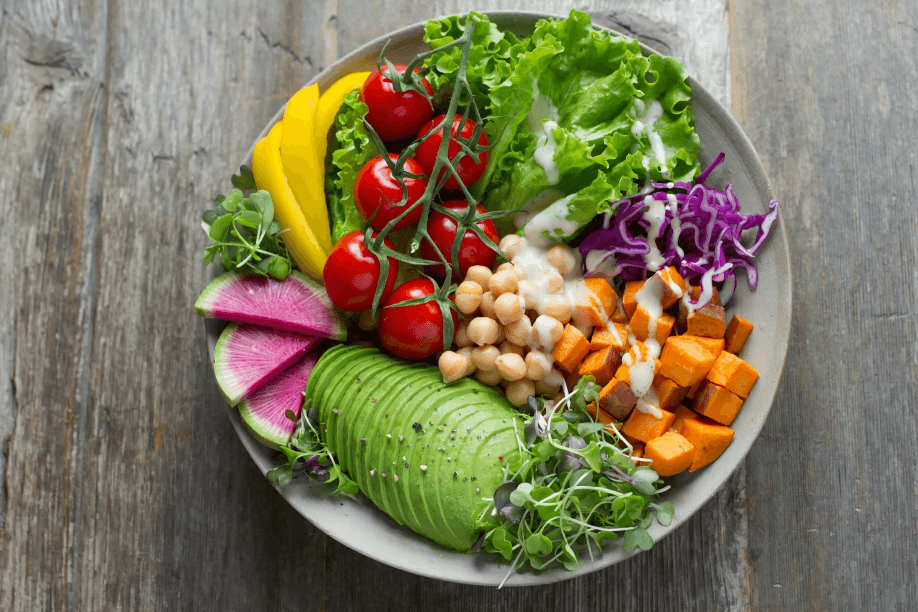
“
Incorporating daily habits to boost venous blood flow into your routine can significantly improve circulation health, reduce discomfort in your legs, and support long-term vascular wellness. These thoughtful small choices each day help your veins return blood efficiently toward the heart and lower swelling, pain, and fatigue.1
1
”
A doctor’s insight: Regularly elevating your legs—several times a day for 15–20 minutes—uses gravity to aid venous return, reducing blood pooling and promoting healthier vein function. 1
A philosopher’s perspective: Daily movement connects mind and body; walking or light leg exercises enhance blood flow, illustrating how small habitual actions reinforce physical harmony. 2

Walking briskly for 30 minutes daily promotes calf muscle contraction, which acts like a natural pump pushing blood upward through the deep veins of your legs.
Taking short walking or stretching breaks every 60 minutes during sitting reduces venous pressure and encourages continuous circulation throughout the day. 3
Performing gentle ankle pumps (flexing and pointing your feet) while seated stimulates the calf muscle pump, significantly improving lower-leg blood return. 4
Wearing properly fitted compression socks during long periods of standing or travel helps veins stay open and reduces venous congestion in the legs. 5
Drinking ample water supports blood volume and reduces viscosity, helping blood flow more freely through veins and reducing clotting risk. 6
Avoiding crossing your legs while seated prevents vein compression and allows unrestricted blood circulation through the lower limbs. 7
Incorporating yoga poses like legs-up-the-wall enhances venous return by combining inversion with relaxation, both calming your nervous system and promoting blood flow. 8

Sleeping slightly elevated (using pillows under ankles) reduces overnight pooling in leg veins and supports improved circulation upon waking.
Alternating between sitting and standing while working or relaxing helps prevent prolonged venous stasis and supports more dynamic blood flow. 9
Practicing diaphragmatic breathing massages the internal organs and veins, enhancing blood return and supporting healthy circulation overall. 10
Reducing high-sodium processed foods decreases fluid retention and swelling, allowing veins to more effectively transport excess fluids out of tissues. 11
Regularly exercising, like cycling or swimming, strengthens leg muscles without added joint pressure while enhancing cardiovascular circulation. 12

Including flavonoid-rich foods—berries, leafy greens, and citrus—supports vein integrity and strengthens capillaries through antioxidant and anti-inflammatory effects.
Alternating hot and cold showers stimulates vein dilation and constriction cycles, enhancing vein tone and blood-pumping capability. 13
Incorporating gentle resistance training—like bodyweight squats—improves leg muscle mass and promotes stronger venous pumping action. 14
Taking regular breaks during long travel—standing, walking, and ankle rotation—minimizes vein compression while seated and reduces clot risk. 15
Staying outdoors and in sunlight supports vitamin D production, which helps maintain healthy blood vessel walls and overall circulatory function. 16
Final reflection from experts: Maintaining these consistent, simple habits nurtures a lifelong support system for venous health, illustrating how daily choices build lasting wellness. 17


